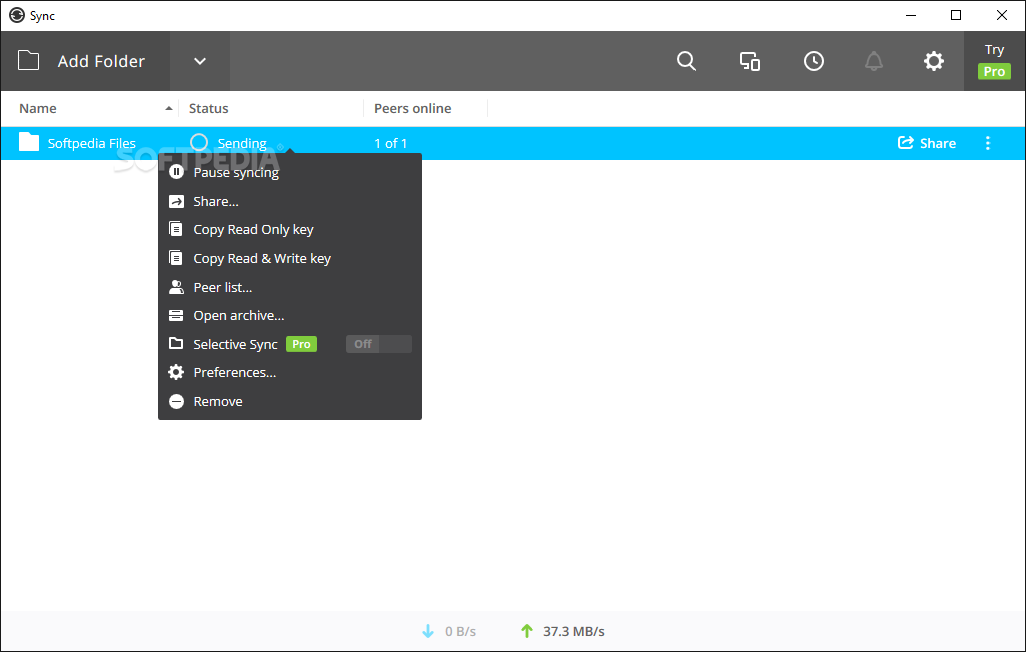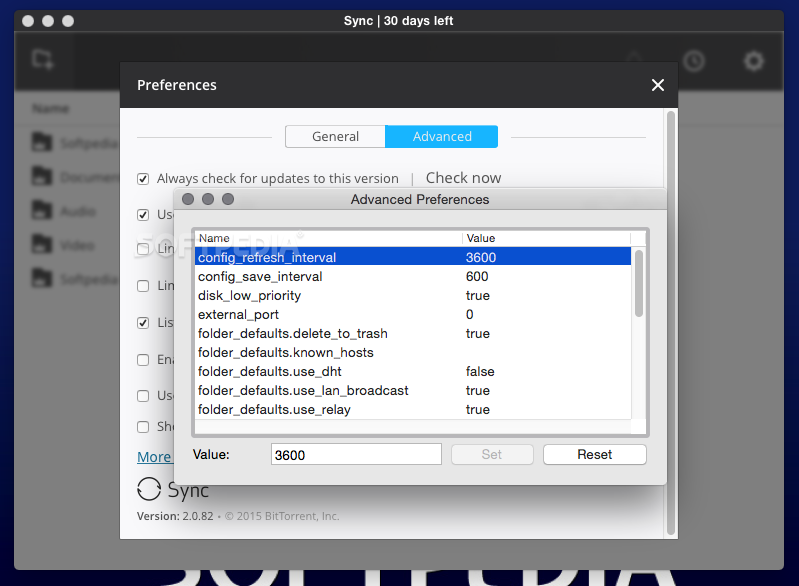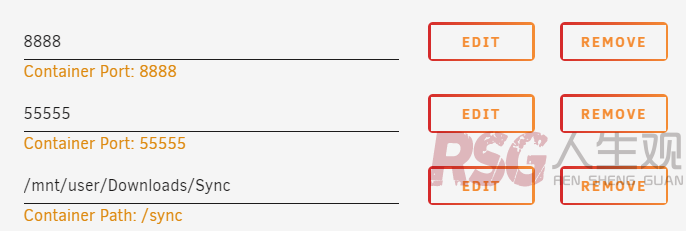

But I'm not familiar enough with Docker to know how it actually runs, so someone smarter than me may have to chime in here. If "Admin" is the user that actually runs the docker daemon, you're probably OK. Next, I'm not sure that would work, because I don't know what user is trying to run the docker program.
#Resilio sync unraid software
It makes typing command line commands so much easier.Īlso, this is just a matter of personal preference, but I never use capitals in my users or groups because you never know when software is going to get touchy about them. When you type "/var/lib/d" for example, you should be able to press your tab key and have it auto-complete docker. To avoid having to type it all out, use tab-complete. "chmod -R 755 /var/lib/docker" just because I want to make sure I'm running on the right file.

You need a space between your option "-R" and 755, and you need to make sure you run the chmod command when you're already in /var/lib. Of course, if the box you're dealing with isn't exposed to the internet at all, then there's no reason why you couldn't just leave it at 777 all the time, since you'd need local access to screw anything up. So you could change it to 777 temporarily, let resilio set up the folders it needs, then switch it back to 755 or even 666/644 (read/write access only) as the case may be, since theoretically resilio only needs to read your local file structure to sync with the remote host. But ordinarily you don't want any device exposed to a public connection to have execute access for anyone but the owner of the folder, because it could lead to people using XSS attacks. If you're running into permissions issues, you could, temporarily, set the folder to "read write execute everyone," or 777. I can then use my command-line interface from my OMV system to go to /opt, and run "chmod -R 755 portainer." This sets folder permissions on portainer as 755, or "owner may read, write, execute group and other may read and execute." I would also need to run "chown user:group portainer" are the user/group I want to "own" portainer, for example "chown docker:users portainer" would set it so that the user "docker" was the owner of the portainer folder, and any user in the "users" group would be able to read and execute, but not write, in the portainer folder. I map that to the docker container in the settings as -v /opt/portainer:/config, since /config is where I know my docker container expects the files to be. So you create a directory on your host system where the docker info for portainer is going to live, in my case, /opt/portainer. For example, let's say you're like me and running the docker container "portainer" to manage your dockers. So the way Docker interfaces with your "host" system is that you have to map your host drives to the docker container. You can have Python 2.7 installed in one container for an older app, and Python 3.x installed in another container for a newer one, without the headaches that would normally bring. OMV is built on top of Debian, for example, but you can run a dockerized app on top of Alpine Linux or whatever.

This is a godsend because now you're not managing different apps against different versions of common libraries or even the base system.

Rather than try to make your OMV system itself hospitable to each application, the docker system lets you run lots of small, individual systems tailored to the app. Think of each docker container a mini-PC running on your OMV system. The docker plug-in is really just a small plug-in to manage docker containers. Sorry, you'd run chmod as a command from the command line when you SSH into your OMV machine, or use the Shellinabox plugin. Here is a nice overview of the mentioned solutions along with some others that hopefully might be of help.
#Resilio sync unraid free
Cloud storage can be very cheap or even free nowadays and having another copy somewhere else is a very good option because of multiple obvious reasons. Another option that backup software can provide is a cloud tier. This way you can keep some versioning of files which might be extremely helpful. Unless you have a very special and specific case that requires such kind of approach I would rather stick to some sort of backup solution like RClone or Duplicati instead of regular file-based synchronization. Just run them at a regular manner and it will work. Rsync, Freefilesync, Unison - dozens of solutions will do the job. After this one is done you can use any Linux-based tool that can grab the files from your SMB share and put them into a folder on UnRAID. As already mentioned above, you need to expose your files over SMB for UnRAID to be able to access these files and copy them over.


 0 kommentar(er)
0 kommentar(er)
